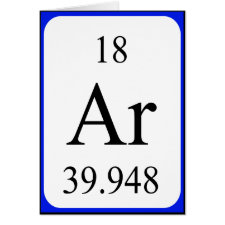
Authors: Trojanowicz M, Wcislo M
Article Title: Electrochemical and piezoelectric enantioselective sensors and biosensors.
Publication date: 2005
Journal: Analytical Letters
Volume: 38
Issue: (4)
Page numbers: 523-547.
DOI: 10.1081/AL-200050157
Alternative URL: http://www.informaworld.com/10.1081/AL-200050157
Abstract: Enantioselectivity in chemical and biochemical sensing probes can be obtained by the use of enantioselective binding or by enantioselective biocatalysis. The enantioseletive discrimination in ion-selective electrodes can be achieved with the use of appropriate ionophore in plasticized membrane in measuring cell or on the surface of electrode, with the use of a suitable enzyme in biosensor, antibody in immunosensor, or molecularly imprinted polymer for modification of active surface of amperometric or voltammetric sensor. This review, based on 77 literature references mostly from 1992 to 2004, reports developments of such sensors for potentiometric, amperometric, and mass-detecting devices involving quartz crystal microbalances
Template and target information: Review - enantioselective sensors
Author keywords: sensors, Biosensors, Molecularly imprinted polymers, enantioselective, chiral



Join the Society for Molecular Imprinting

New items RSS feed
Sign-up for e-mail updates:
Choose between receiving an occasional newsletter or more frequent e-mail alerts.
Click here to go to the sign-up page.
Is your name elemental or peptidic? Enter your name and find out by clicking either of the buttons below!
Other products you may like:
 MIPdatabase
MIPdatabase









